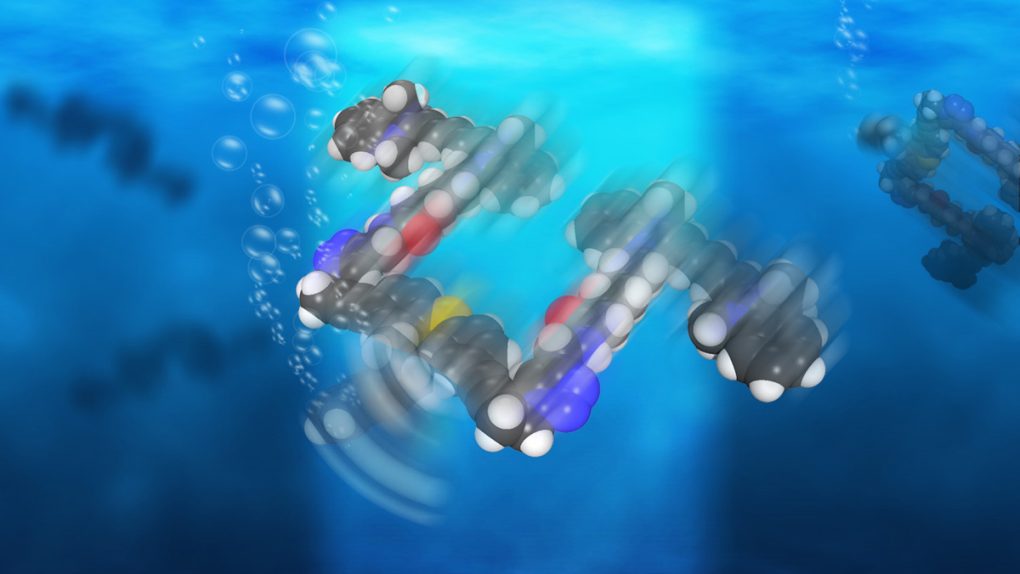Researchers at Rice University have revealed a breakthrough in nanotechnology that could someday quite literally change the world as we know it. Led by Rice lab chemist James Tour, the team has created what it is referring to as “nanosubmarines” that are microscopic in size, powered by ultraviolet light, and capable of traveling through solution at what the researchers say are breakneck speeds. The technology is still in early stages of development, but these nanosubs powered by “molecular motors” may ultimately be among the most important scientific breakthroughs we’ve seen in recent history.
MUST SEE: Pyro mini is a new $150 gadget that lets you shoot fireballs from your hands like a superhero
Rice University’s nanoscale submarines each consist of just one molecule with 244 atoms. Their ultraviolet light-powered motors run at more than 1 million RPM, fueling a tail-like propeller that moves the subs forward at a rate of 18 nanometers per revolution. While that translates to a pace of just under 1 inch per second, it is indeed a breakneck speed considering the scale.
“These are the fastest-moving molecules ever seen in solution,” Tour told Rice University News.
According to the scientists, their research proves that these unique molecular motors are powerful enough to propel microscopic submarines through solutions consisting of molecules that are the same size. “This is akin to a person walking across a basketball court with 1,000 people throwing basketballs at him,” said Tour.
Rice University News explained how the molecular motors work:
The motors, which operate more like a bacteria’s flagellum than a propeller, complete each revolution in four steps. When excited by light, the double bond that holds the rotor to the body becomes a single bond, allowing it to rotate a quarter step. As the motor seeks to return to a lower energy state, it jumps adjacent atoms for another quarter turn. The process repeats as long as the light is on.
Why is this breakthrough so exciting? The team’s research represents a major step toward the creation of a mechanism that could deliver targeted medical therapies through human blood. Medicines could be hauled by these nanosubs and sent to attack specific cells in the blood or organs. Of course, there is still much work to be done before these subs are capable of such an impressive feat; perhaps the biggest barrier is the fact that Rice’s microscopic molecular submarines currently cannot be steered.
“There’s a path forward,” team member and lead author on the researchers’ paper Victor García-López said. “This is the first step, and we’ve proven the concept. Now we need to explore opportunities and potential applications.”




